The Ultimate Home Winterizing Checklist: A Pro’s Guide to a Cozy, Safe Winter
After years of inspecting homes, I’ve seen firsthand what a nasty winter can do to a house that isn’t ready. I’m talking about burst pipes flooding brand-new basements, and ice dams ripping gutters right off the roof. These disasters are incredibly stressful, wildly expensive, and almost always preventable. Getting your home ready for winter isn’t just a list of random chores; it’s about systematically protecting your biggest investment.
Think of your house as having a protective shell. All winter long, that shell is under assault from cold, moisture, and wind. Our mission is to find and patch up the weak spots before the first frost hits. The good news? You don’t need a bunch of fancy tools or pro-level skills. You just need a solid game plan.
We’ll focus on three main fronts: keeping your precious heat inside, keeping water outside, and making sure your home’s core systems are running safely. Follow this guide, and you can settle in for a secure, efficient, and comfortable winter.
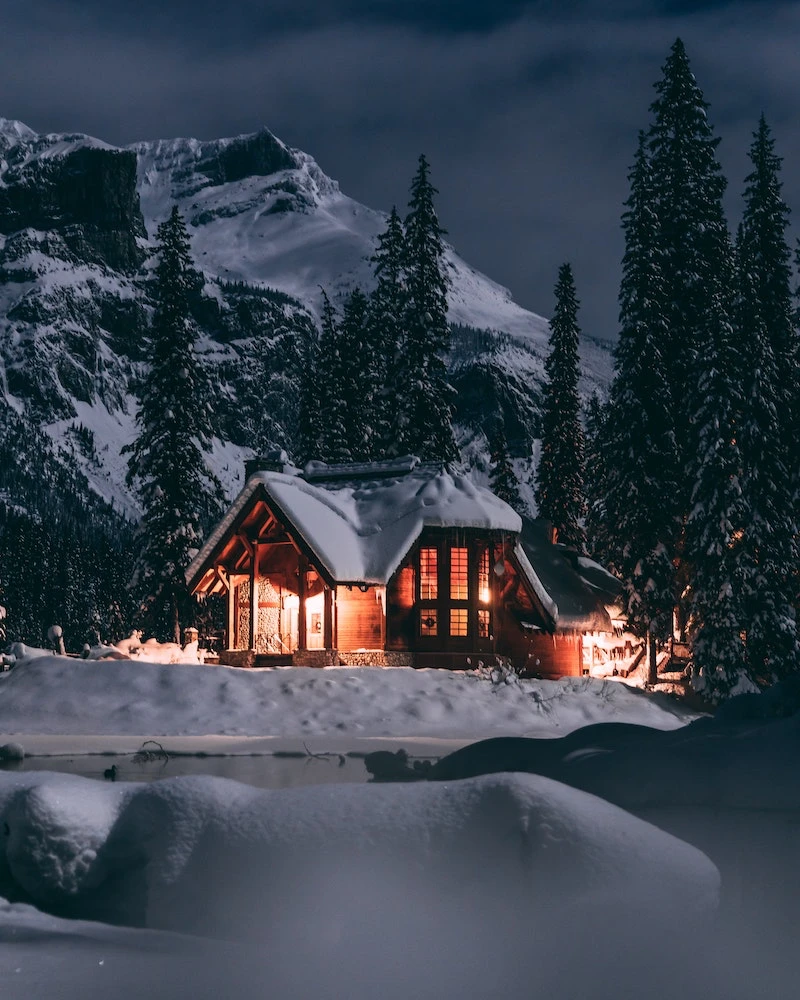
First Things First: Quick Wins for a Warmer Home
Feeling overwhelmed? I get it. If you only have an hour, tackle these three things. They make a surprising difference and give you an immediate win.
- Disconnect Your Hoses: Walk around your house and unscrew every single garden hose from the outdoor spigots. This is the #1 cause of burst pipes. Seriously, do it now.
- Reverse Your Ceiling Fans: Find that little switch on the base of your ceiling fans and flip it so the blades spin clockwise. This pushes the warm air that pools at the ceiling back down into the room.
- Test Your Detectors: Press the test button on all your smoke and carbon monoxide detectors. They are your last line of defense, and they need to work.
The Building Envelope: Your First Line of Defense Against Drafts
Your home’s
Inspiration:
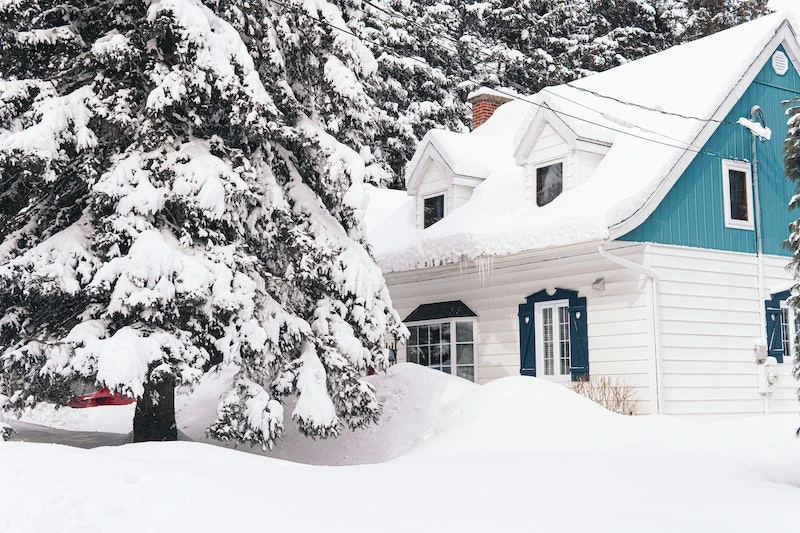
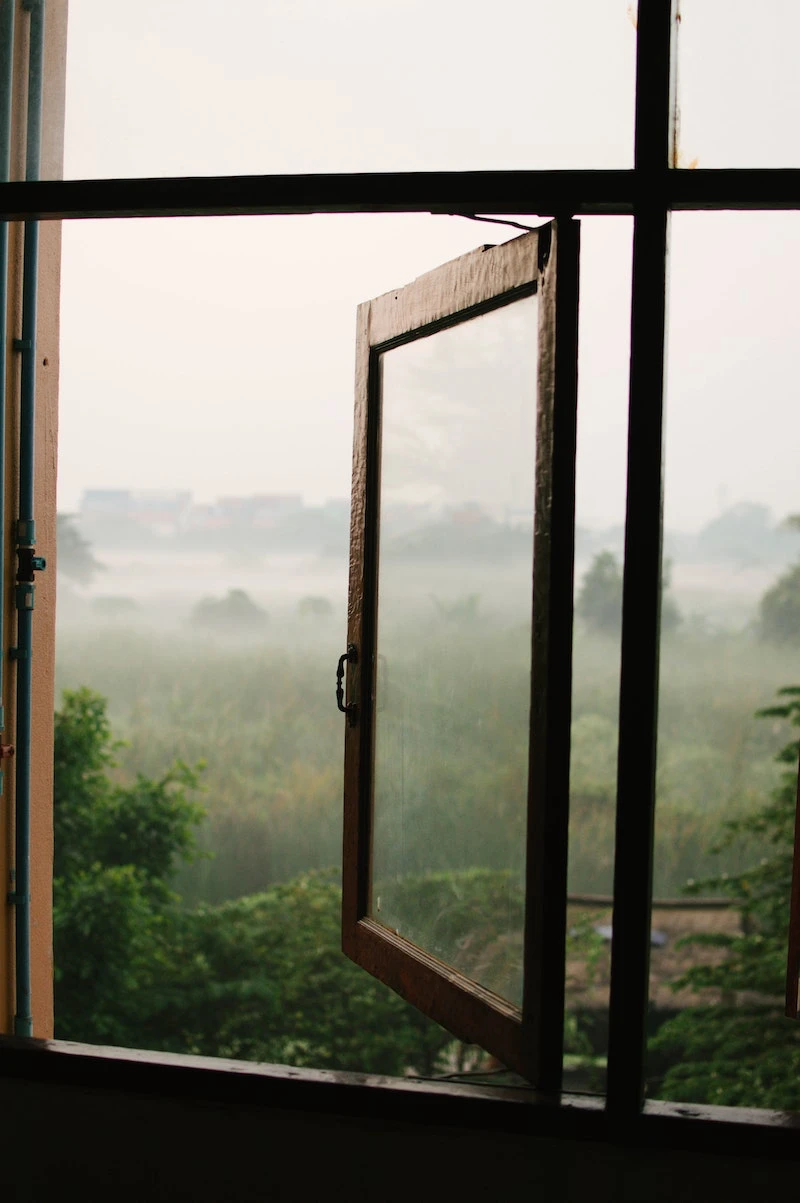
The U.S. Department of Energy estimates that drafts can waste 5% to 30% of your energy use.
Imagine leaving a window open all winter – that’s the financial impact of unsealed cracks and gaps. A simple tube of caulk and some weatherstripping can be the best investment you make all season, paying for itself in just a few months through lower heating bills.
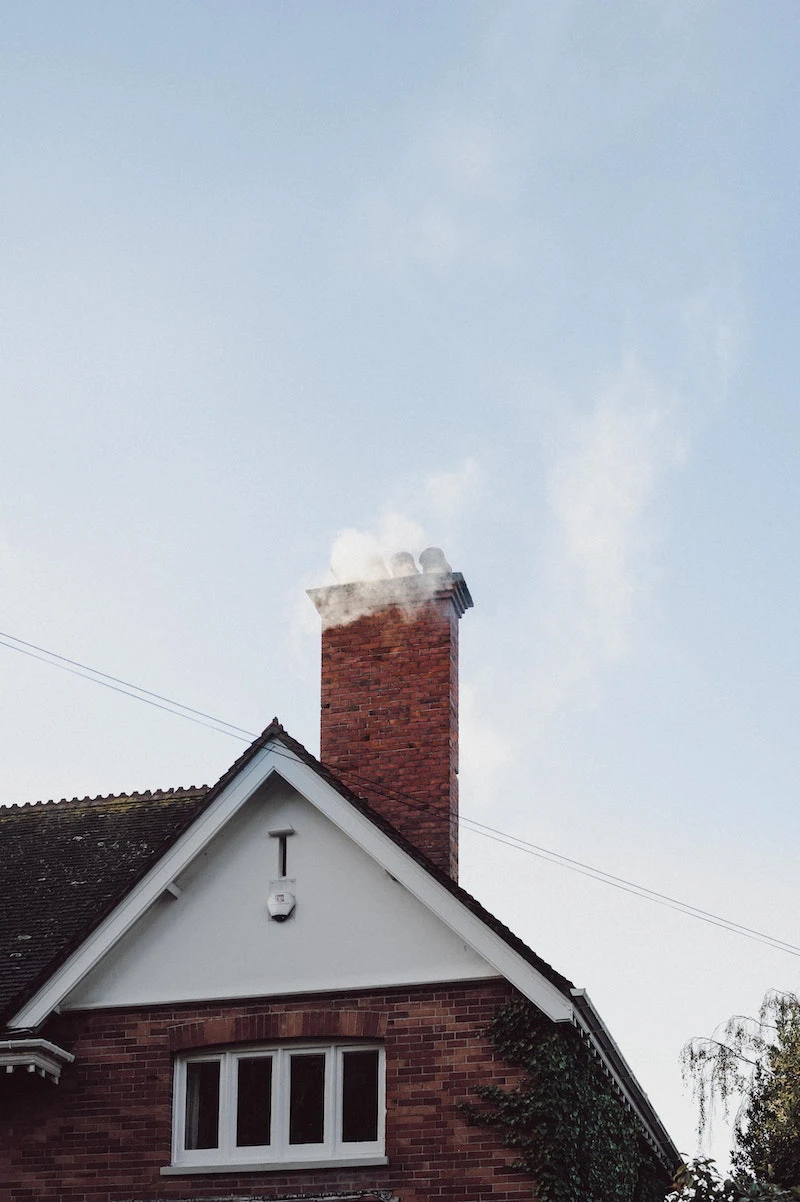
Can a smart thermostat really make a difference?
Absolutely. While a programmable thermostat is good, a smart one like a Google Nest or Ecobee goes further. It learns your family’s schedule, adjusts automatically when you’re away, and provides detailed energy reports. Many utility companies even offer rebates for installing one, making the initial investment even more attractive.
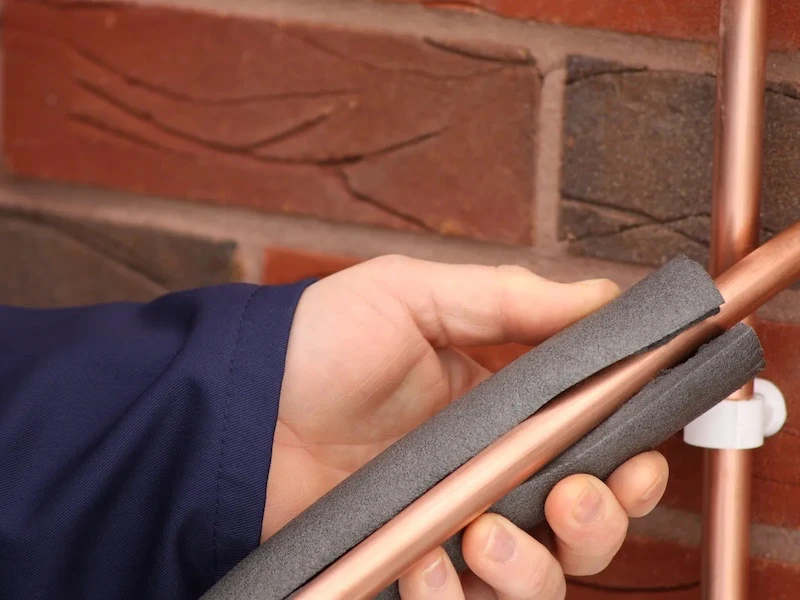
For the Windows: Film vs. Thermal Curtains
Window Insulation Film: A low-cost, effective solution like 3M’s window insulator kits. They create a pocket of insulating air, are nearly invisible, but require careful installation and are a single-season solution.
Thermal Curtains: A higher upfront cost, but they add a layer of style and are reusable for years. They also offer light-blocking and noise-dampening benefits. Ideal for bedrooms and living rooms.
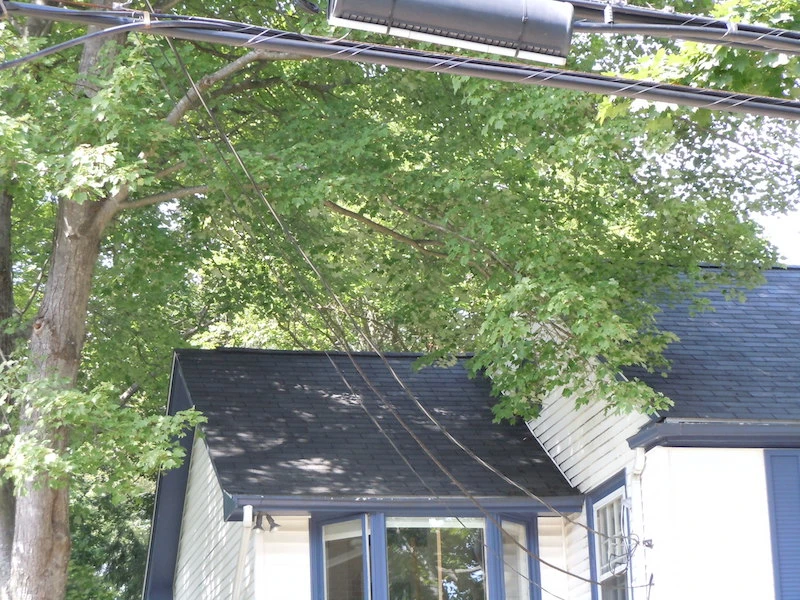
Beyond the practicalities, winterizing is about curating a feeling of sanctuary. This is the Danish concept of ‘Hygge’—a sense of coziness and contentment. Once the drafts are sealed, focus on textures. A chunky wool throw on the sofa, a plush rug underfoot, and the soft glow of a lamp create a haven protected from the howling wind outside.
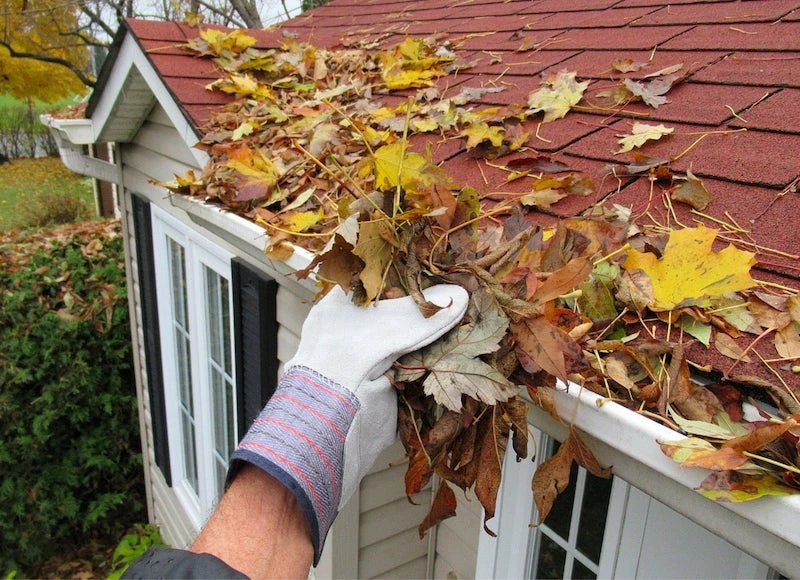
- Prevents dangerous ice dams from forming.
- Keeps your foundation safe from overflow damage.
- Saves you from the risky chore of climbing a ladder in icy conditions.
The secret? A quality gutter guard. While a fall cleaning is essential, installing a system like LeafFilter or GutterGlove can be a permanent solution to clogged, overflowing gutters, which are a primary cause of winter water damage to your home’s roof and foundation.
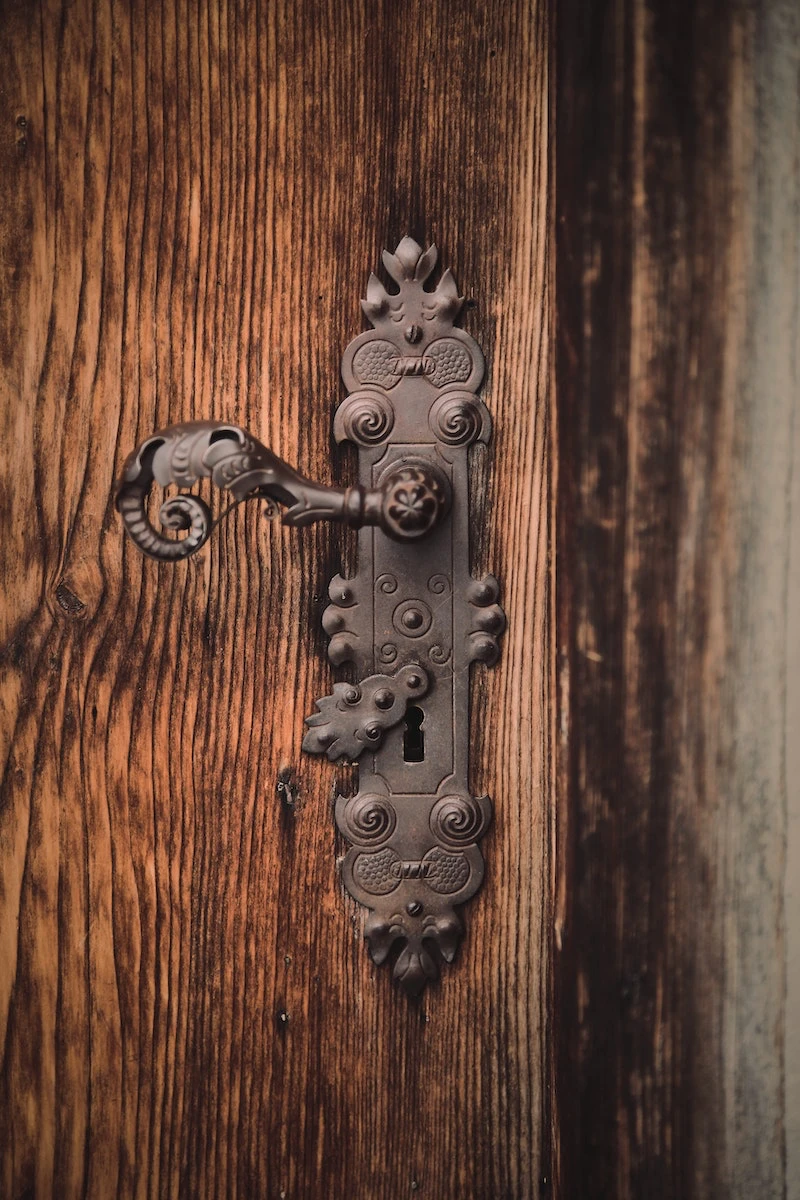
Important: Don’t forget your chimney. Before you light that first cozy fire, a professional sweep is non-negotiable. The buildup of creosote from past fires is highly flammable and a leading cause of devastating house fires. A clean flue is a safe flue.
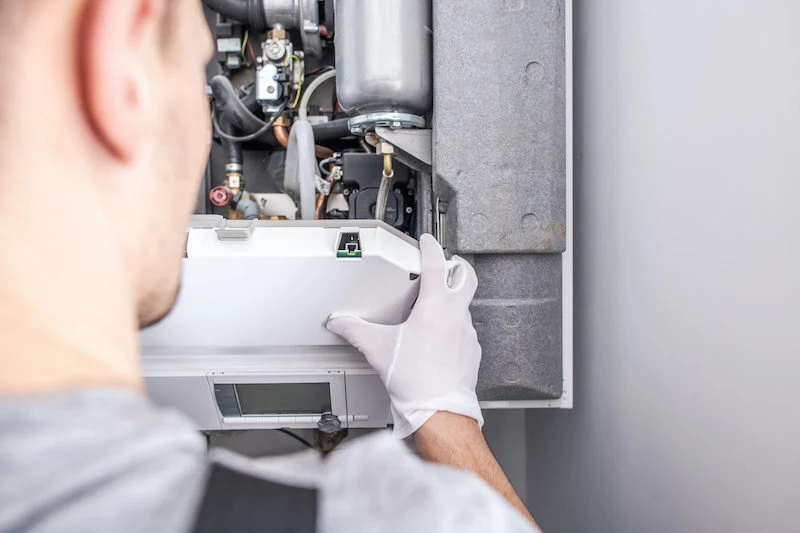
The biggest energy leaks are often invisible. Before winter sets in, do a quick audit with a lit incense stick. Safely hold it near these common culprits and watch where the smoke wavers:
- Around electrical outlets and switch plates on exterior walls.
- The edges of the attic hatch.
- Where plumbing pipes enter the house under sinks.
A small bead of DAP caulk or a simple foam gasket can seal these sneaky drafts for good.
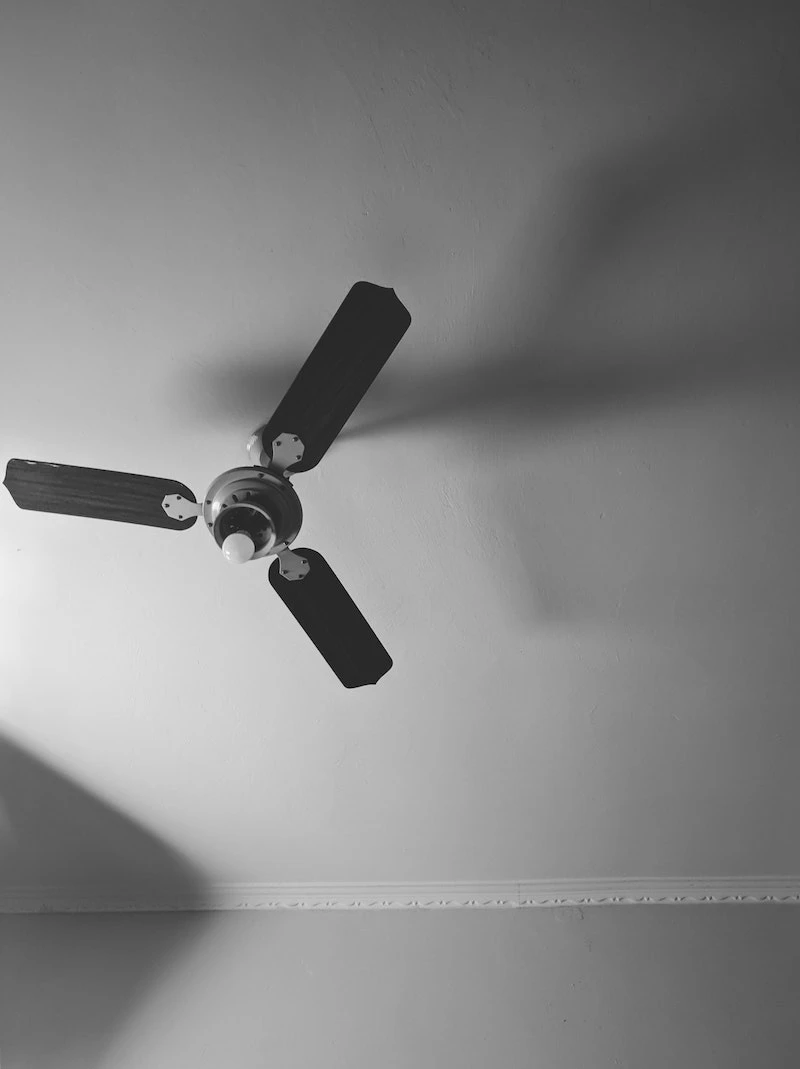
According to the Insurance Information Institute, the average claim for water damage and freezing is over $11,000.

Your winter emergency plan isn’t complete without a dedicated power outage kit. You’ll be grateful you prepared it when the lights go out.
- Battery-powered or hand-crank weather radio.
- Flashlights and fresh batteries (avoid candles for safety).
- A stock of non-perishable food and several gallons of water.
- Portable power bank to charge your phone.
- Warm blankets and sleeping bags for every family member.
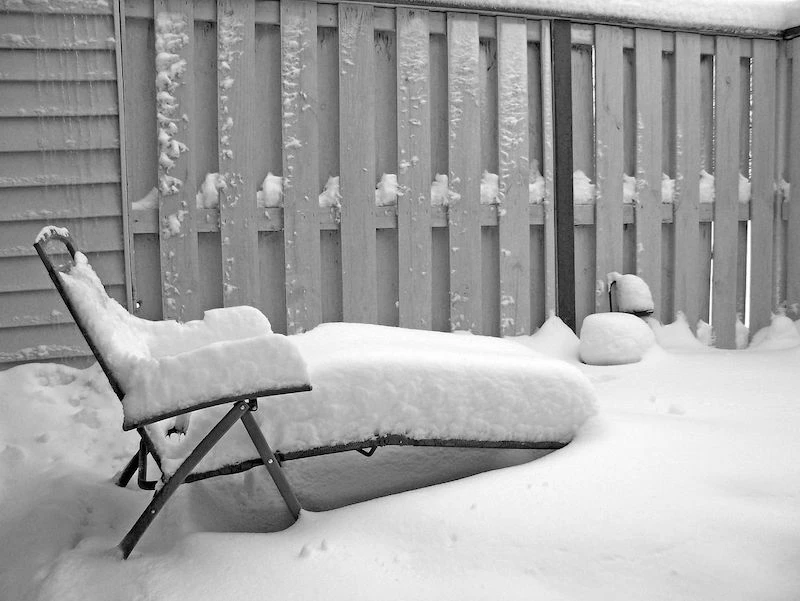
Does the type of firewood I use really matter?
Yes, significantly. Seasoned hardwoods like oak, hickory, and maple burn hotter and longer, producing less smoke and creosote. Softwoods like pine create more buildup in your chimney, increasing fire risk. For a safer and more efficient fire, always choose dense, dry hardwood.
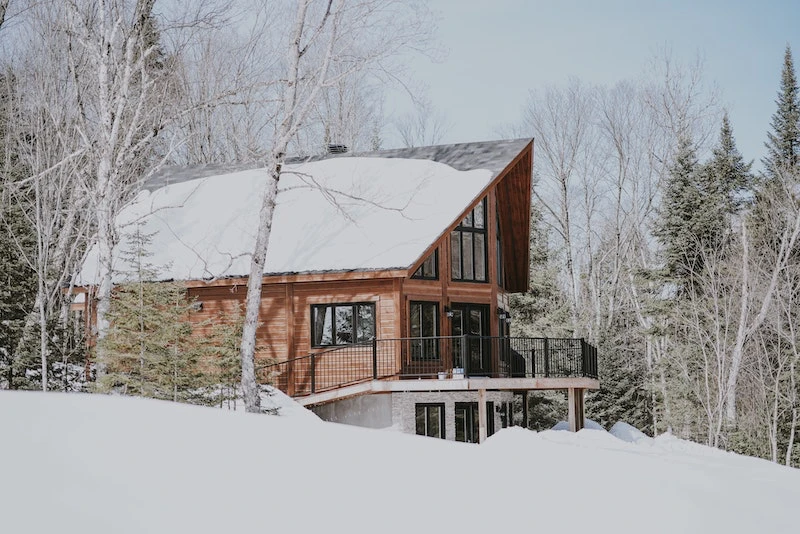
One of the most overlooked winterizing tasks is addressing your home’s foundation. Walk the perimeter and seal any crawl space vents with custom-cut foam board. This simple step prevents frigid air from blowing under your house, which can lead to frozen pipes in the very places you can’t see them.
A note on generators: If you use a portable generator during an outage, remember the golden rule: it must operate at least 20 feet away from your home with the exhaust pointed away from all windows and doors to prevent deadly carbon monoxide poisoning.










